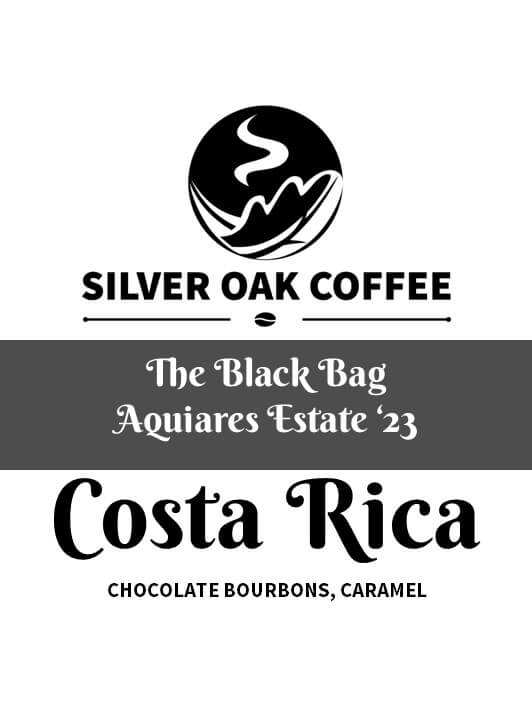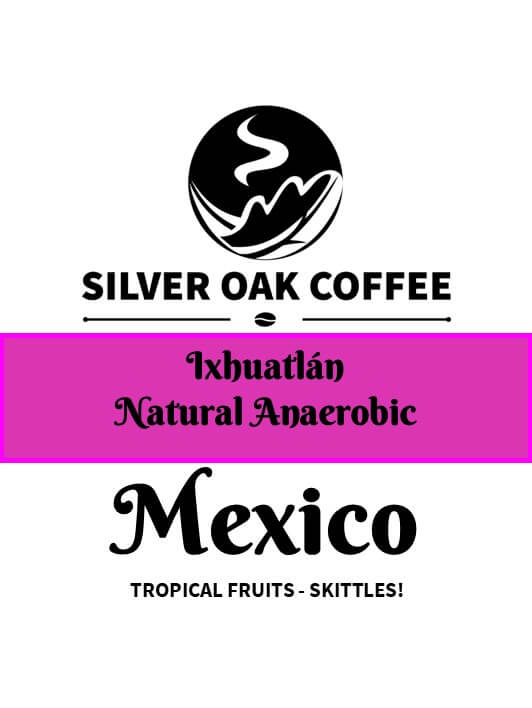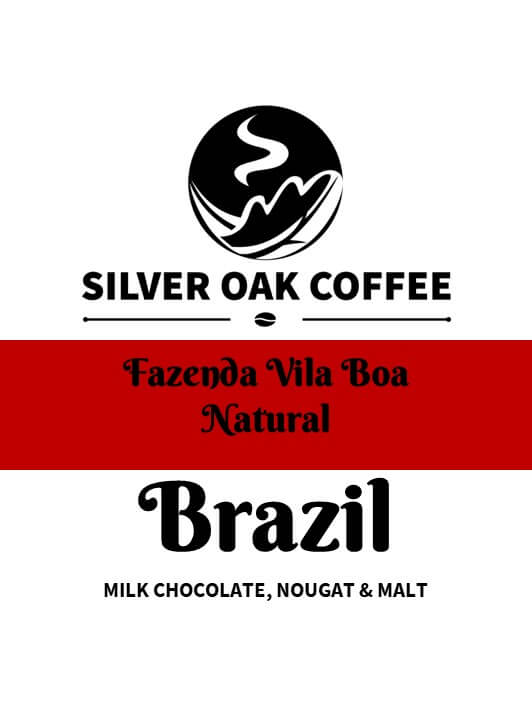Description
Roaster’s notes: Ms. Esmerita Vazquez Ramirez who owns la Esperanza is said to have named the farm, The Hope, after receiving some ‘special’ coffee bean seeds from a stranger. The seeds were Geisha and still grow on the estate.
Notes of black cherry and molasses with chocolate coming through as it cools. The mouthfeel is coating leading to an extended finish. A crowd pleaser.
Additional Notes:
High altitudes, ideal climates, and nutrient-rich soil in the Cajamarca region of Peru allow for the production of high-quality and organic coffee. Through extensive cupping, Esmerita Vazquez’s farm has been singled out as one of the top lots from the Cajamarca region this year by our exporting partners in Peru, Alpes Andinos. Esmerita lives in the town of La Coipa, 1,600 meters above sea level androughly1 hour from the association’s headquarters in Jaen.
Esmerita’sfarm, La Esperanza, is located in the town of El Cautivo, high in Peru’s Cajamarca department. Esmerita inherited the farm from her family and now manages the 4hectares with her husband. During the harvest, the couple walk 45-50minutesup to the farm to pick the freshly ripened cherries. This journey can often be treacherous, especially when transporting processed cherry down to be sold. In this case, Esmerita relies on her mules to carry coffee down the mountain side. Like many other farms in the region, coffee production is currently Esmerita’s only source of income, with an assortment of fruit trees and other produce grown for personal consumption. In addition to growing local varieties such as Red Caturra and Bourbon, Esmerita is fortunate to also produce a small amount of Geisha on her farm. This was after Esmerita received a selection of seeds from a passing traveller who, without explaining the variety, told Esmerita the seeds would produce excellent quality coffee. With hope in mind, she decided to cultivate the strange seeds. It was only when, sometime later, another produce rwent to visit Esmerita’s farm that the trees were identified as Geisha. This is a theme seen throughout the region, due to the ever-increasing premiums paid for 85+ scoring lots, numbers of new varieties and ‘Nano lots’ continue to grow in the region to meet demands. This drive to develop high quality coffee is also one promoted by the association, believing that producing better quality coffee, leads to producer empowerment and wider benefits for all coffee families. Unlike many farms in the region whose names are often chosen to reflect the distinguishing characteristics in the surrounding area, Esmerita has decided to name her farm Esperanza, translating to ‘hope’. This was after she decided to plant the gifted mystery seeds, proving that hope does prevail.
Consistent ‘selective’ tree pruning is conducted to maintain the quality of the crop and to increase its yield. Producers such as Esmerita, work in 15-year rotations, focusing on each variety individually. When a plant reaches the end of its 15-year life cycle, it will be dramatically cut back using the ‘Zoqueo’ practice. This sees the tree cut back to the stem just 30 centimetres from the ground, stimulating the emergence of new growth. In preparation for this event, trees of the same variety are planted two years in advance, meaning there is an uninterrupted supply of mature cherry. Soil analysis is regularly conducted, with fertiliser applied in March and after the harvest in October. For fertiliser, Esmerita uses a mixture of compost and ‘guano de las Islas’, meaning guano from the islands. Located just off the coast of Peru are a collection of small islands, home to large sea bird populations. These birds produce large amounts of excrement, or, guano, which settles on the ground as a nutrient-rich top layer. Guano is collected on the island and transported to the mainland to be used as a fertiliser. Harvest in El Cautivo spans from June to October. Coffee processing techniques in the region are tried and tested methods of production, often passed down through the generations. The process begins with the cherries being selectively handpicked and sorted into ripe and overripe cherries, before being floated in cool clean water to remove any low-density cherries. Once complete, the coffee cherry is placed into sacks for 12 hours to begin the fermentation process. Next, the coffee is pulped: each producer has their own de-pulper located on the farm, often close to the house or main building.
Once the coffee has been de-pulped, Esmerita places the beans back into the sacks for a further 24 hours to continue the fermentation process. The coffee is then washed three times to remove all remaining mucilage and drained of any excess water, before finally being placed on raised beds to dry. Here, the beans will remain for around 10-15 days, depending on the level of rain .Once dried, the coffee is then transported to the dry mill located at the Alpes Andinos headquarters in Jaen.









